ISSN ONLINE(2319-8753)PRINT(2347-6710)
ISSN ONLINE(2319-8753)PRINT(2347-6710)
Maruti Talawar1Subbaiah.K.M2 and Prasad Raghuveer3
|
| Related article at Pubmed, Scholar Google |
Visit for more related articles at International Journal of Innovative Research in Science, Engineering and Technology
Pump is the principle segment in the engine. The major problem identified is, the required fuel delivery is not optimized at the different speeds and the fuel delivery variation was more at the constant speed. The experimentation is conducted in a leading automobile industry to optimize this parameter. Utilizing critical thinking methodology, the major fuel delivery variation at 1800 RPM was observed. The fundamental goal of this work to optimize the fuel delivery variation and reduce the spread. The root cause is carried out utilizing advanced Shainin Technique and Design of Experiments (DOE)
Keywords |
| Engine,Fueldelivery,TimerGrooveDepth,Shainin,DOE |
INTRODUCTION |
| Diesel engines are known for higher efficiency engines and as well as have become the most popular power packs for low duty vehicles and equipments such as three wheeler, tractors, passenger vehicles, and so forth as the diesel fuel is a standout amongst the most productive and vitality fuels accessible today. Engine running at lower RPMâÃâ¬ÃŸs has numerous advantages. The obvious of these is reduced fuel consumption, since the engine can spend more time running within optimum efficiency range. Diesel Fuel Injection Pump (DFIP) System- the heart of the diesel engine is one such critical system. |
| The fuel-injection system is the most vital component in the working of CI engine. The engine performance (power output, efficiency) is greatly dependent on the effectiveness of the fuel injection system. It has the important duty of initiating and controlling the combustion process. Diesel fuel pump that delivers diesel to the engine cylinder in atomized form at moderate pressure. BPS is the pioneer in quality production by conveying propelled quality measures in its assembling courses of action and subsequently, fulfilling the customers. The root cause is observed through Shainin system and DOE. |
TYPES OF DIESEL FUEL INJECTION PUMP |
| 1.) Common Rail Fuel injection Pump |
| a. Normal Common Rail Fuel Injection Pump |
| b. Electronic Common Rail Fuel Injection Pump |
| 2.) Distributor Fuel Injection Pump |
| 3.) In-Line Fuel Injection Pump |
| 4.) PF Pumps |
| a. K-Type PF Pump |
| b. Q-Type PF Pump |
| c. Monotype Block Pump |
| PF stands for “Pump with a Foreign drive”. In it the foreign drive is the plunger that pushes the diesel fuel forward to the pressurized delivery tube via normal delivery valve. PF pump is used in single cylinder diesel fuel engines. |
1.2 Root cause analysis technique: |
| Shainin: Shainin is a simplest problem solving tool used to optimize the problem. The classification of the issue done to pick the best powerful strategies, for example, component search, paired correlation. Shainin is done in three steps. 1) Measurement validation. 2) Process validation. 3) Product validation. |
| DOE: Design of experiments (DOE) is a systematic procedure for designing, conducting and evaluating experiments while minimizing the necessary resources. For each response there are a few variables and a few levels. In this case torque is the response. DOE is carried out using the „level to power of factorsâÃâ¬ÃŸ. |
1.3 Problem Definition: |
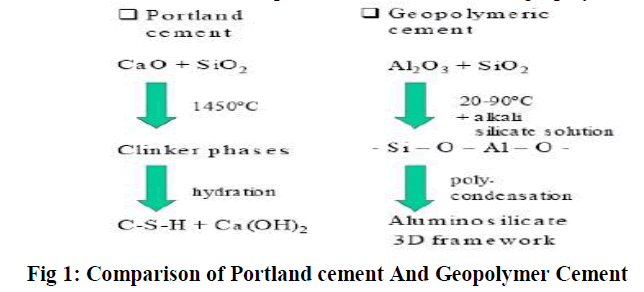 |
| Experiments are carried out on single bench to nullify the bench variation |
| Find and eliminate the RedX causing fuel delivery variation @1800 & @1100 rpm and optimize the variation. 1800 rpm variation is the priority task. |
II. METHODOLOGY |
2.1 Sample selection |
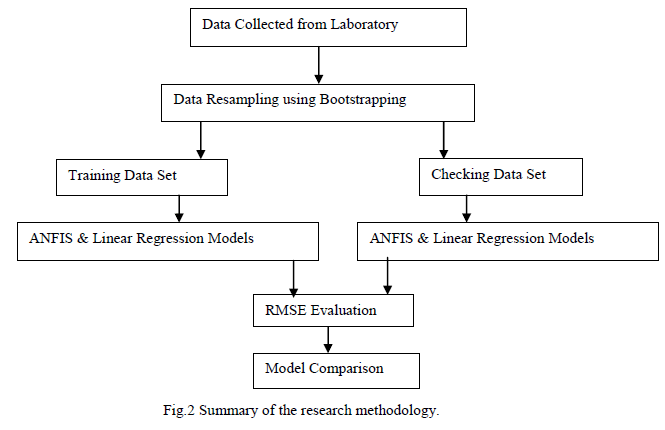 |
| Samples which are showing delivery above standard specification @1800 rpm is taken as Best of Best (BOB). Samples which are showing delivery below the standard specification @1800 rpm is taken as Worst of Worst (WOW). |
2.2 Approach and solution tree: |
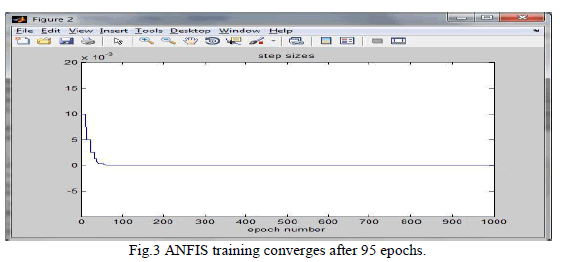 |
2.3 Measurement validation |
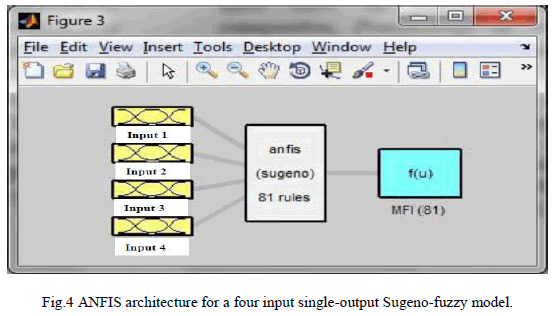 |
| Measurement not the cause: No swapping takes place. |
2.4 Process validation: |
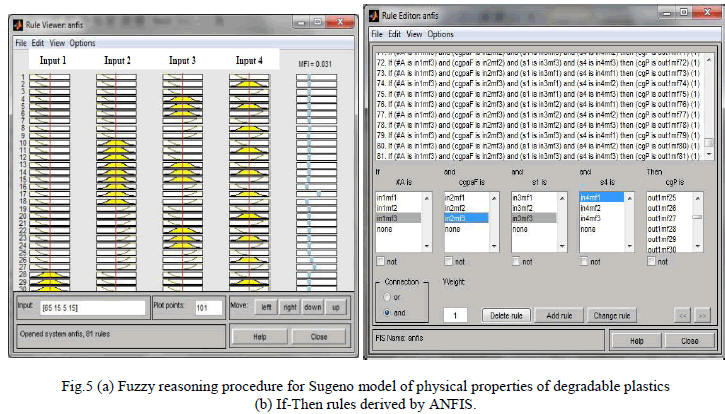 |
| Process not the cause: No swapping takes place. |
2.5 Product validation |
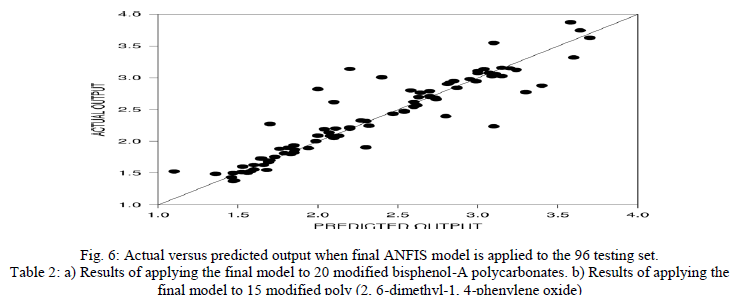 |
2.6 Setting Layout change: 2.6.1 Previous calibration layout |
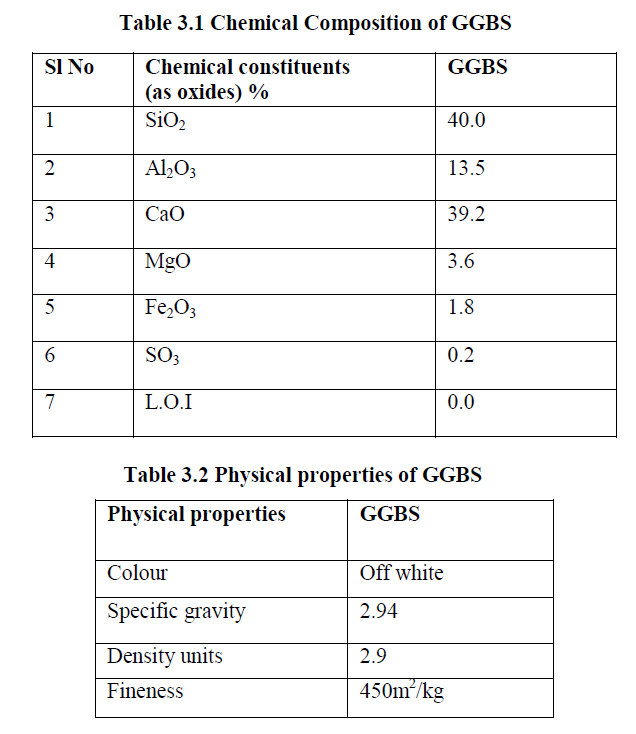 |
| According to previous setting point @1800 rpm, obtained only 5 mm3/str of delivery tolerance @ 800 rpm over checking point. |
2.6.2 Current calibration layout |
 |
| According to current setting point @800 rpm, obtained 7 mm3/str of delivery tolerance @1800 rpm over checking point. |
| It is understood that calibration layout influences on variation phenomenon. |
III. RESULTS AND DISCUSSIONS |
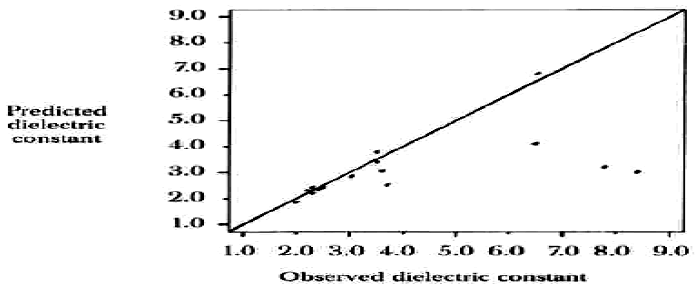 |
Significance of Timer Groove |
| If TGD is less, then proportionate delivery will not be achieved @1100 & 1800 rpm. |
| Whatsoever is TGD required delivery is achieved @800 rpm since it is adjusted by eccentric pin setting. |
| But achieved delivery @800 rpm is not by the true behaviour of FIP! |
| True behaviour of the pump and TGD proportionately effect is evident @1100 & 1800 rpm since annular fuel plays dominant effect on fuel delivery. |
| Hence, the difference in delivery (variation) found @ higher rpm. |
3.1 TG Optimization: |
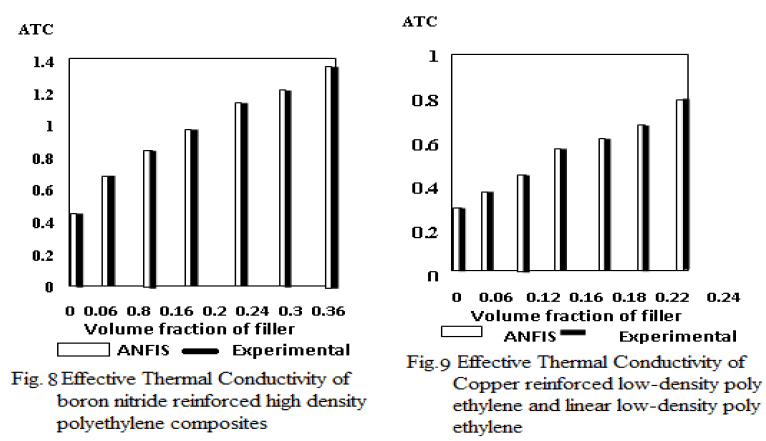 |
3.2 Existing and proposed TGD |
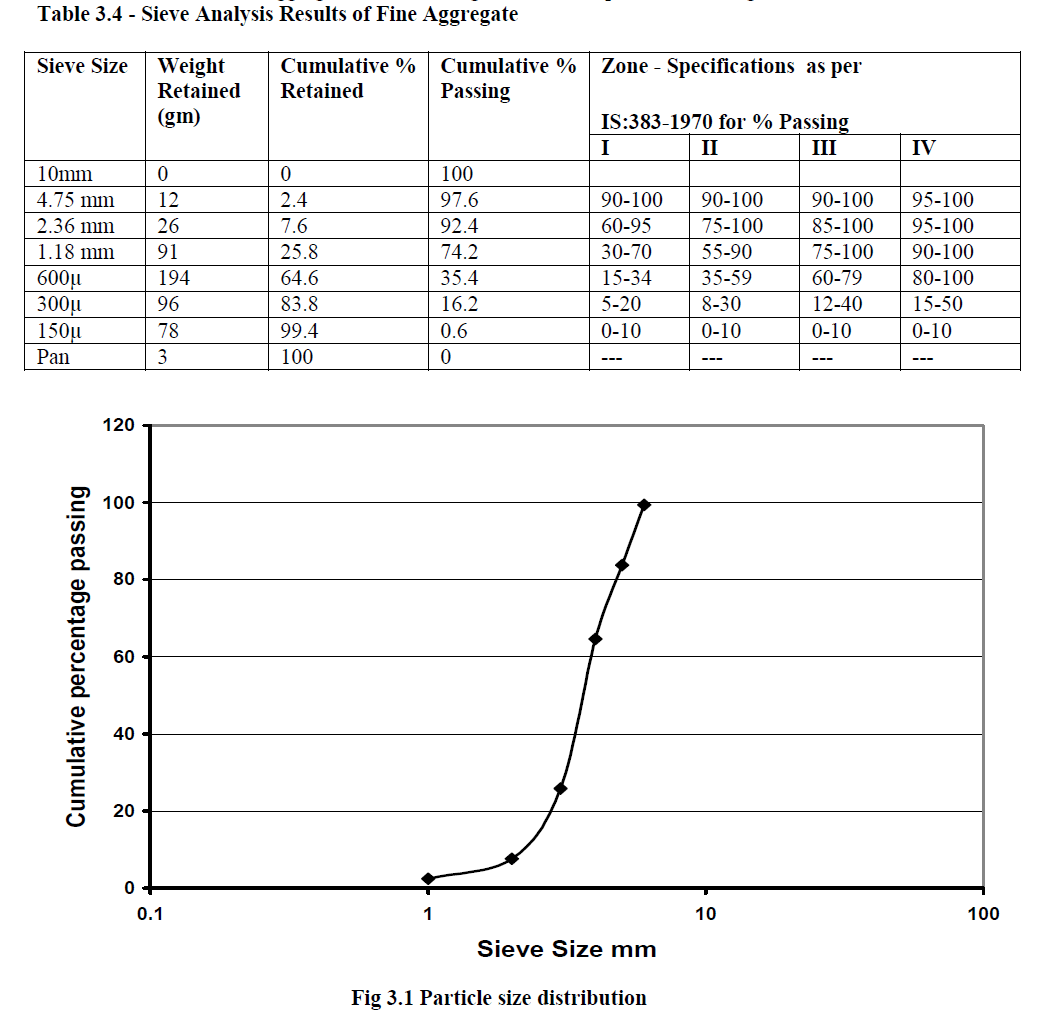 |
| Major variations are contributed by extent of setting. |
| Extent of setting attributed to TGD |
| Optimized TGD = 0.07 mm has given close value to required delivery and very less extent of setting. Till certain depth (about 40μm) the effect of TG is not dominant; because, depth is very less and cannot induce timing difference (annular space is filled with fuel is as good as solid block) Higher the TGD, the annular fuel block decides surization starting according to rate of strokes(rpm) From experiments→50, 60, 70μm are the TGD which can induce required proportional delivery at different RPMâÃâ¬ÃŸs |
IV. CONCLUSION |
| Purpose of timer groove is to impart the proportionate fuel delivery w.r.t rpm (rate of strokes) nevertheless having same CRP or Effective stroke.It is achieved through „Fuel Injection Timing MechanicsâÃâ¬ÃŸ.Theory of fuel injection in FIPâÃâ¬ÃŸs with TG → TGD α 1/FM (@800 rpm).Optimum TGD gives better (less variation) proportional delivery @different rpmâÃâ¬ÃŸs |
| Myth: More the setting extent, more the variation. |
| Truth: Non-Optimum TGD, nom proportional delivery (high variation).Eccentric pin setting is not culprit, but it is the signal of inadequate TGD. But signal is neglected and abused by larger amount of setting. |
References |
|